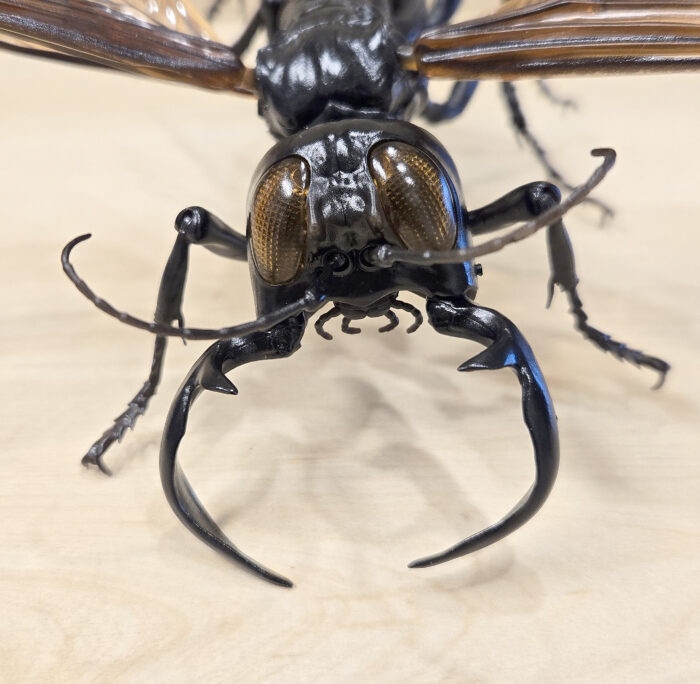Megalara garuda, commonly called the King of Wasps or Garuda wasp, was only formally described in 2012. It was named after the Hindu deity Garuda, the bird-like mount of the Hindu god Vishnu. This crabronid wasp is endemic to the Mekongga Mountains of the Indonesian island of Sulawesi.
Classification: Arthropods
Brown Dog Tick (Merial)

Commonly called the brown dog tick or kennel tick, Rhipicephalus sanguineus is the most widely distributed tick species in the world. It’s primary hosts are dogs and other canids, but it can bite humans as well. However, it doesn’t have a strong predilection for humans, and even in households where dogs are infested, their human owners may never get bitten.
Mini Crustaceans (Diversity of Life on Earth by Bandai)
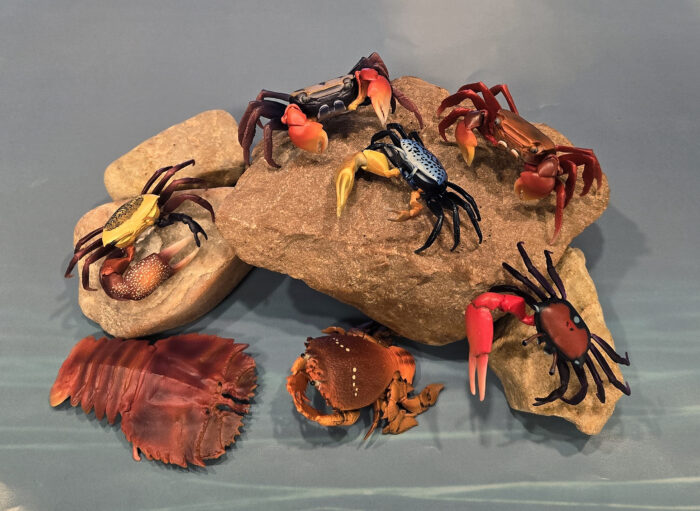
In early 2024, Bandai announced a set of seven miniature crustaceans in their ever-growing Diversity of Life on Earth line. I was must admit, I had mixed emotions for this set. Two of the figures I really wanted! For one of them, I go either way. And for the remaining four, I didn’t need or really want any of them.
Crawlers (Pocket Explorers by Phidal Publishing Inc.)

Pocket Explorers is a line of books by put out by Phidal Publishing. They designed for children and are educationally driven. Looking at their website, the themes are Reptiles, Wild Cats, Dinosaurs, Sharks, Polar Animals, Birds of Prey, Bears, and Crawlers, the last of which we will be looking at today.
Dung Beetle (Jasman)
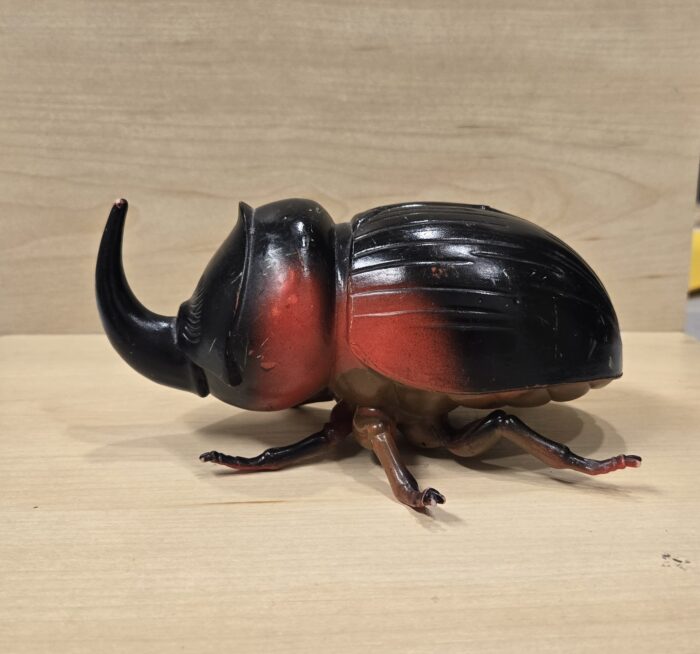
Copris acephalus (Coleoptera: Scarabaeidae: Scarabaeinae), an enigmatic new species of dung beetle from the Bolivian Altiplano
keywords: Copris, Scarabaeidae, new species
Abstract. Copris acephalus Mathison, new species is described from the Bolivian Altiplano. The new species possesses a series of bizarre autapomorphies not previously seen in the genus Copris, the family Scarabaeidae, or even the order Coleoptera.
Cute Silkworm (Tarlin)

Bombyx mori, the domestic silkworm moth, is a wholly domesticated species of insect. The origin of B. mori is unknown, but is believed to be descended from an extinct moth that shares a common ancestor with the wild silk moth, B. mandarina. Domestication is thought to have originated in China over 5,000 years ago.
Mini Insects Vol. 2 (Diversity of Life on Earth by Bandai)
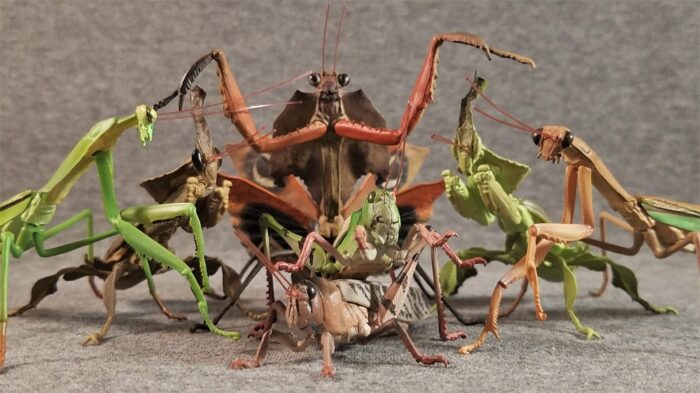
Praying mantises are cool – I think that’s an opinion I can safely say is shared between many animal enthusiasts. Out of all the hundreds of thousands of insects known to science, probably no group is equal parts so peculiar and charismatic as Order Mantodea, the mantises. It’s only natural, then, that a number of toy and collectible animal brands have tackled mantises and continue to do so.
Executioner Wasp (Brave Wilderness by Curatorial LLC)

For my last ‘spooky’ review for October 2023, I will be reviewing a figure of the executioner wasp (Polistes carnifex), which was produced by Curatorial LLC for Brave Wilderness, a YouTube about animals and nature. I was first alerted to this figure by an STS forum member, and to be honest, before I was made aware of this figure, I had never heard of Brave Wilderness (then again, I don’t use YouTube for watching programs).
Black Widow (Hidden Kingdom Insects by Safari Ltd.)

In what seems to have become an annual trend, I am reviewing a southern black widow spider (Latrodectus mactans) as part of the ‘spooky’ October reviews. In 2021, I reviewed one by Eastern Unlimited that was specifically sold as Halloween decor. Last year I reviewed Safari’s 1998 figure that was released for the Smithsonian Insects line.
3D Dangerous Sea Creatures Pictorial Book (The Access)
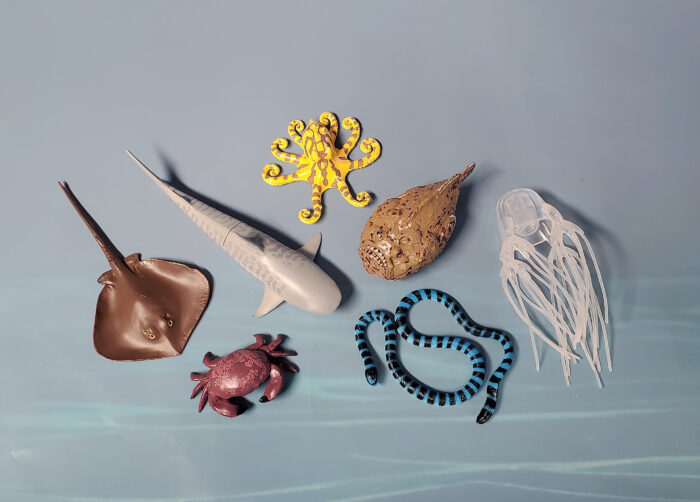
For my next October review I will be giving a brief overview of the entire 3D Dangerous Sea Creatures Pictorial Book collection by The Access (also known as Access Toys), which was released just a couple months ago this past August 2023. I was originally going to just review the jellyfish, but was convinced to review the whole set by forum member JimoAi.
Giant Devil’s Flower Mantis (Bandai and Bandai Spirits)
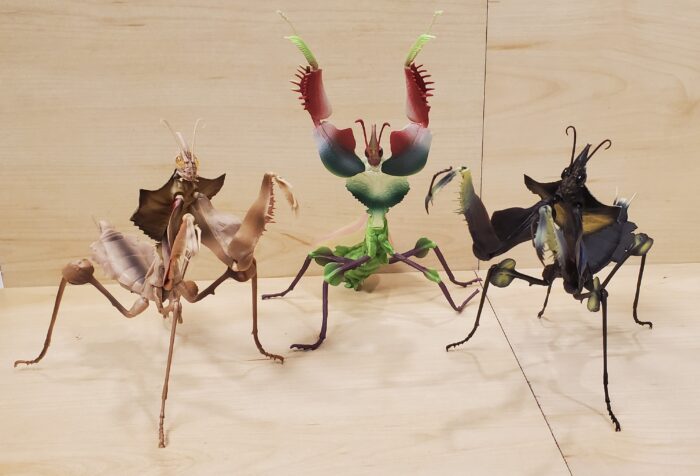
I have decided to start my ‘spooky’ October blogposts with a trio of ‘diabolical’ insects! I am talking specifically about Idolomantis diabolica, commonly known as the Devil’s flower mantis or giant Devil’s flower mantis, one of the world’s largest mantids. It is native to the rainforests of East Central Africa, including Ethiopia, Kenya, Malawi, Somalia, Tanzania, South Sudan, and Uganda.
Small Tortoiseshell (Little Wonders by CollectA)

Having recently showcased CollectA’s small tortoiseshell butterfly (Aglais urticae) in my daily ‘Museum’ posts on the ATF, I thought it would be a good opportunity to review it for the Blog! I was contemplating just migrating over my forum walk-around, but I am not happy with those images, so I took new ones for a fresh review.

